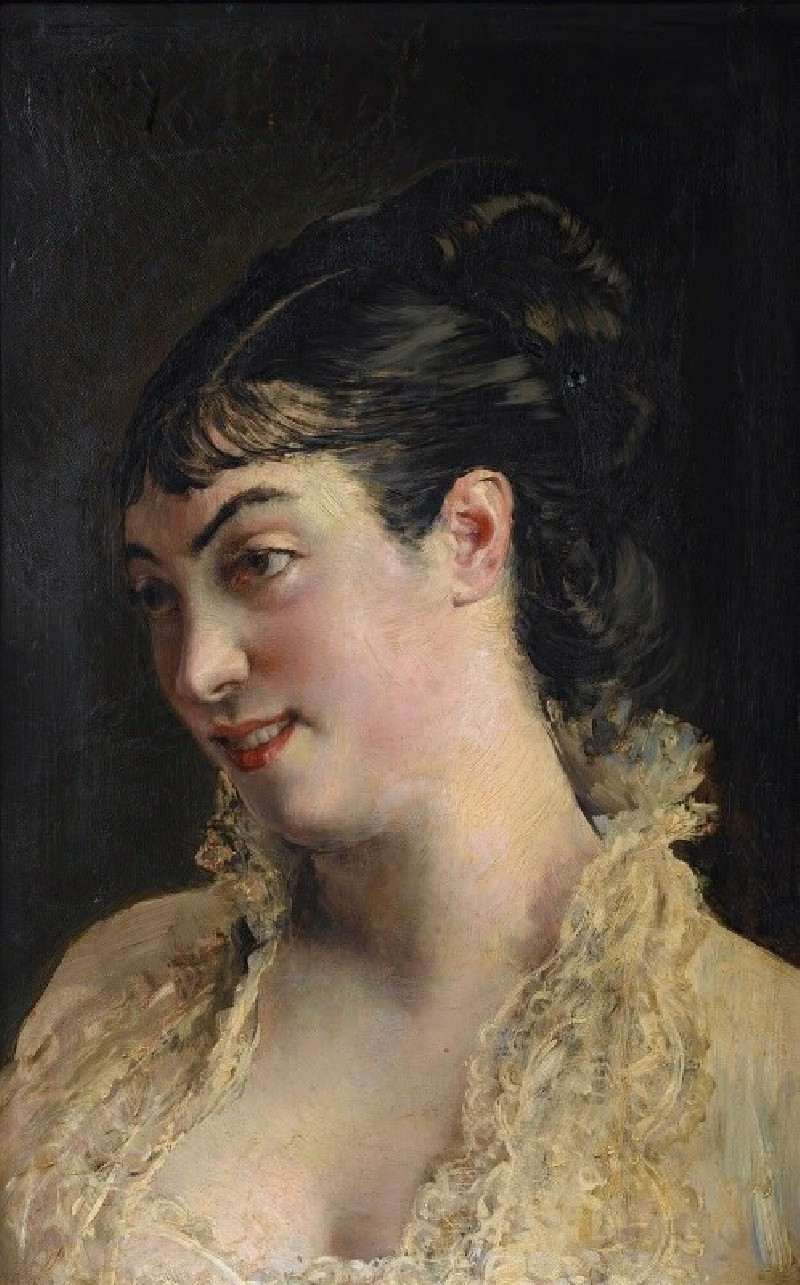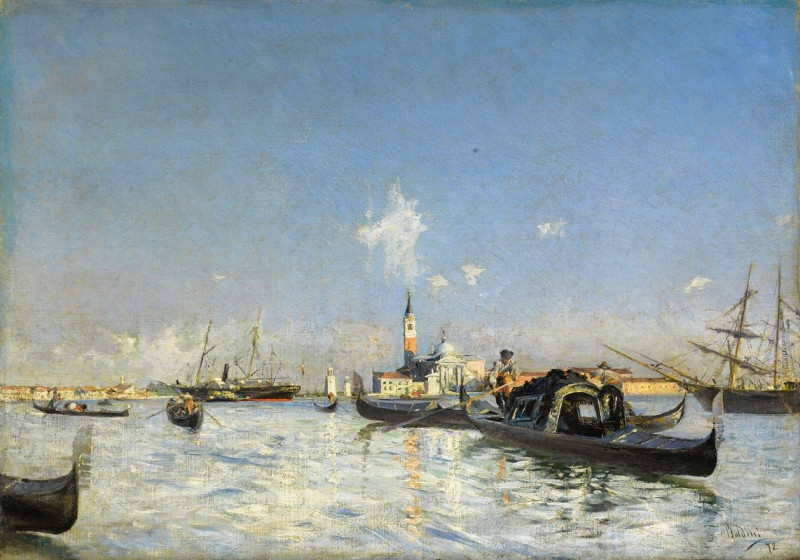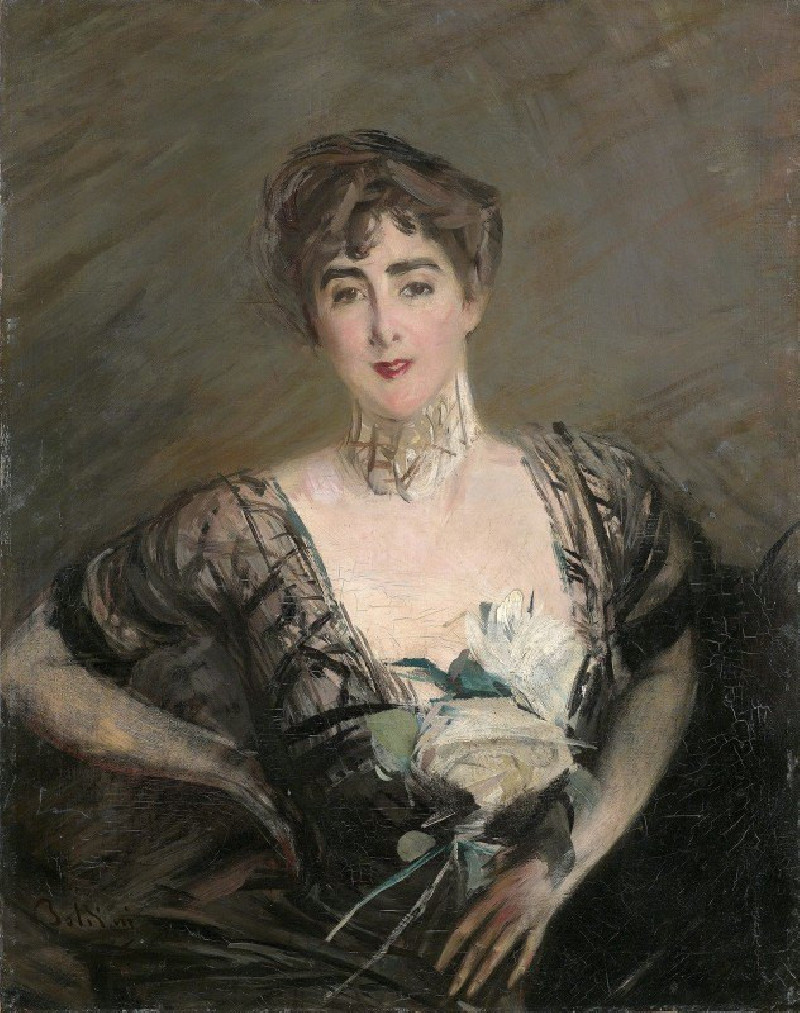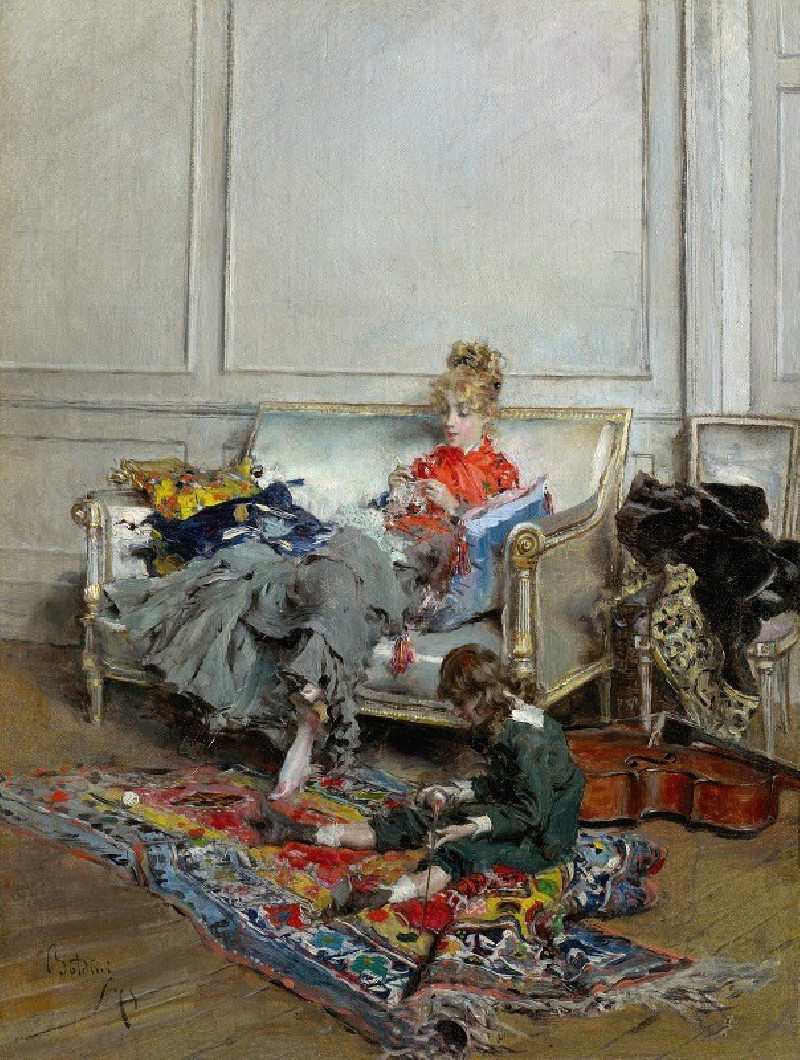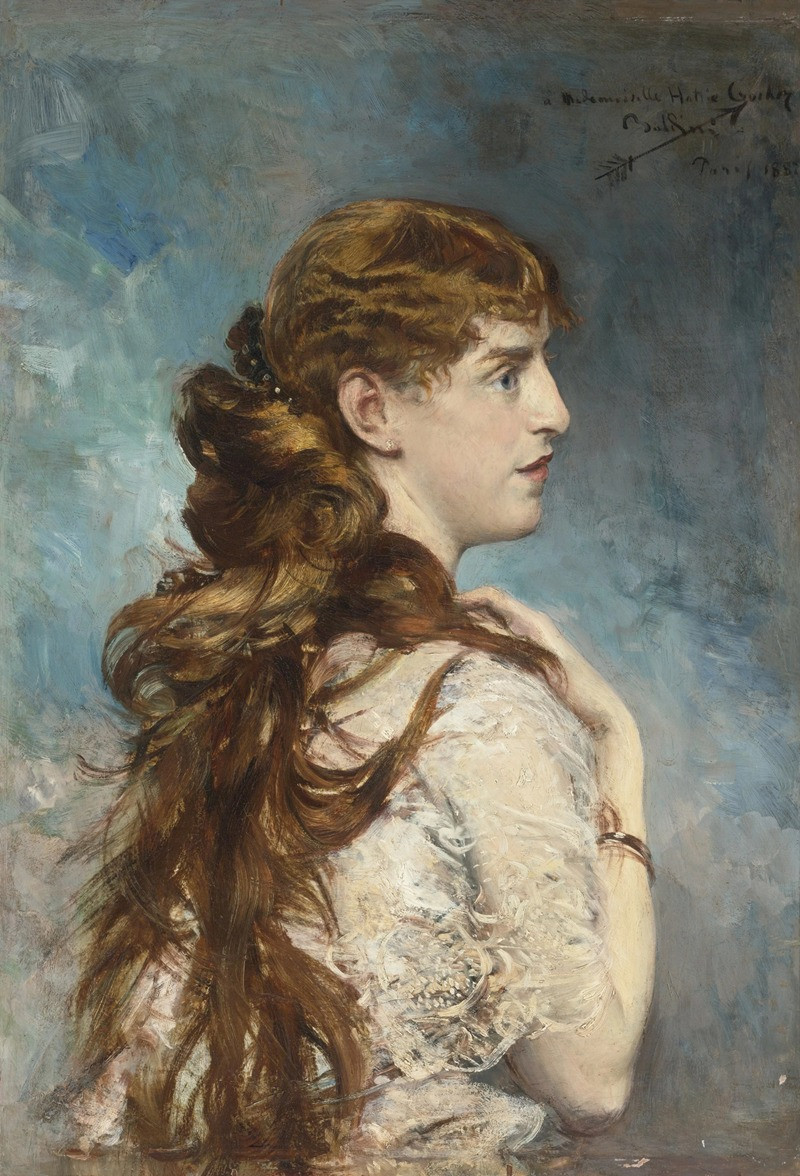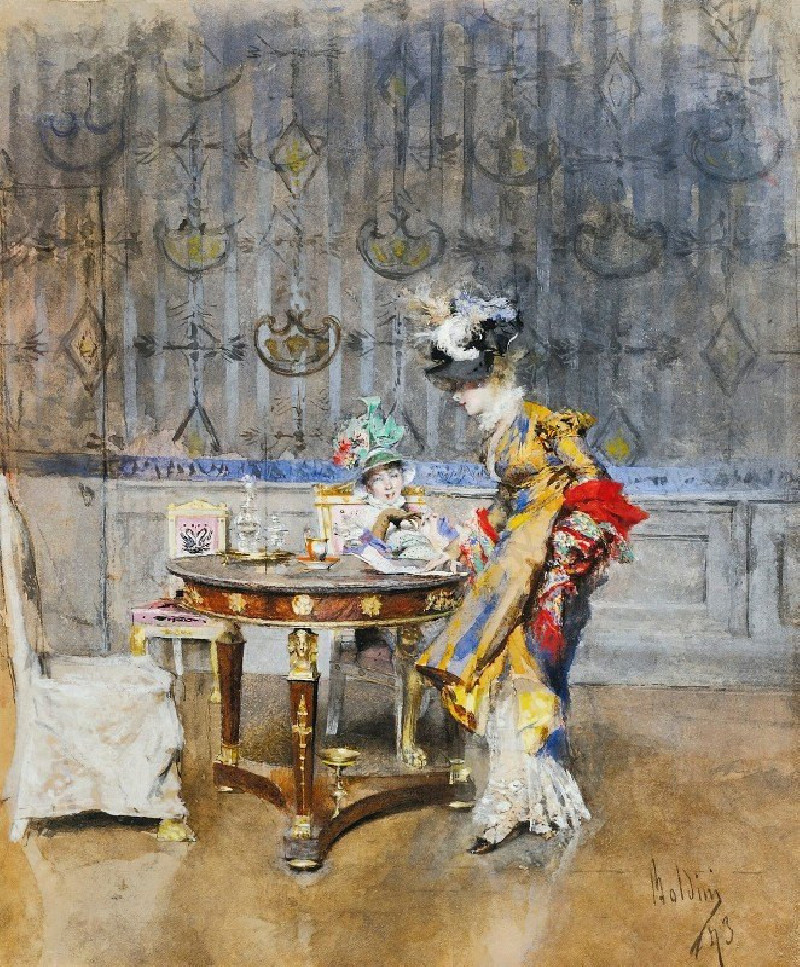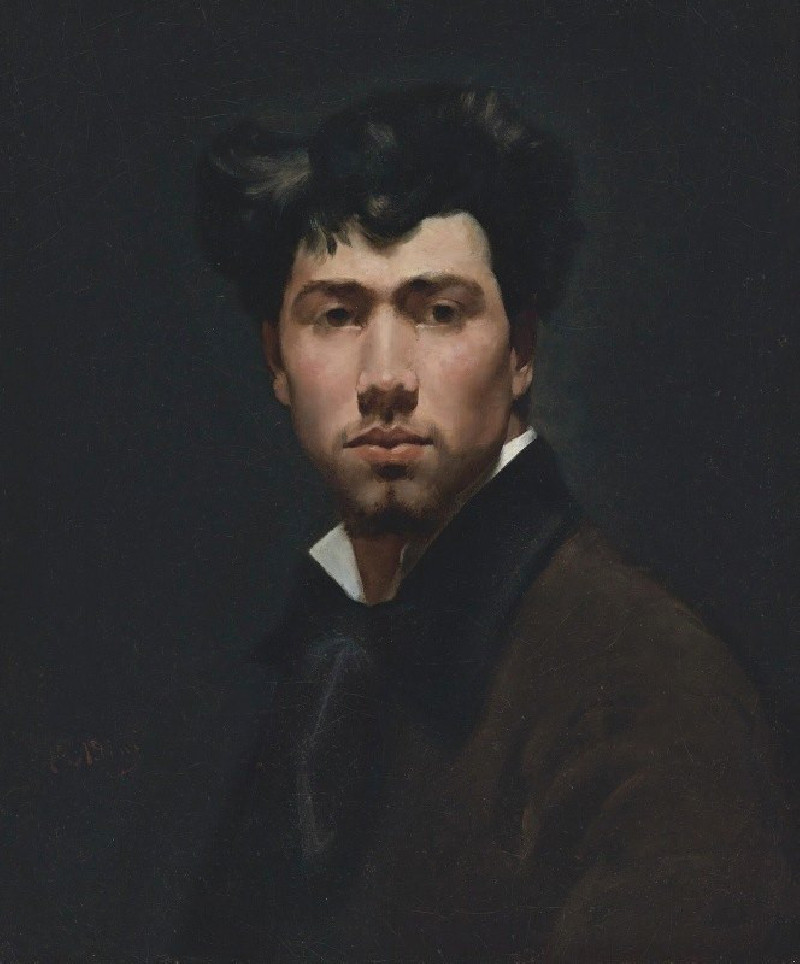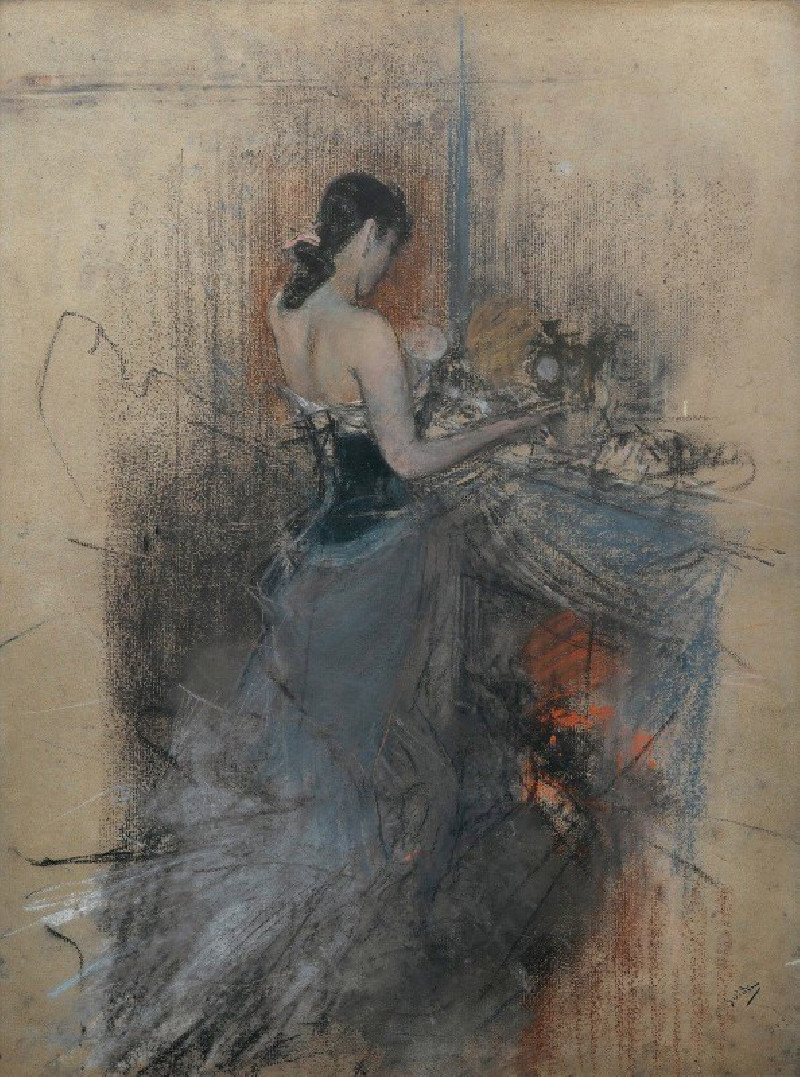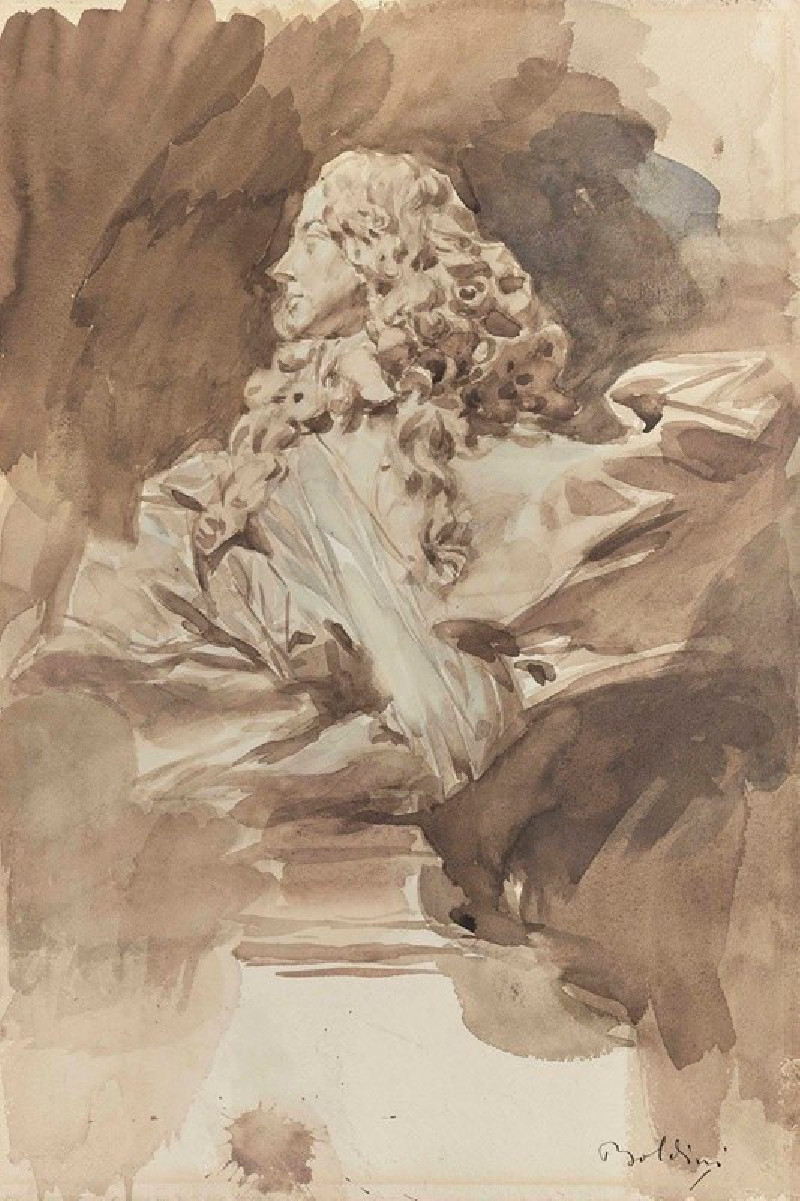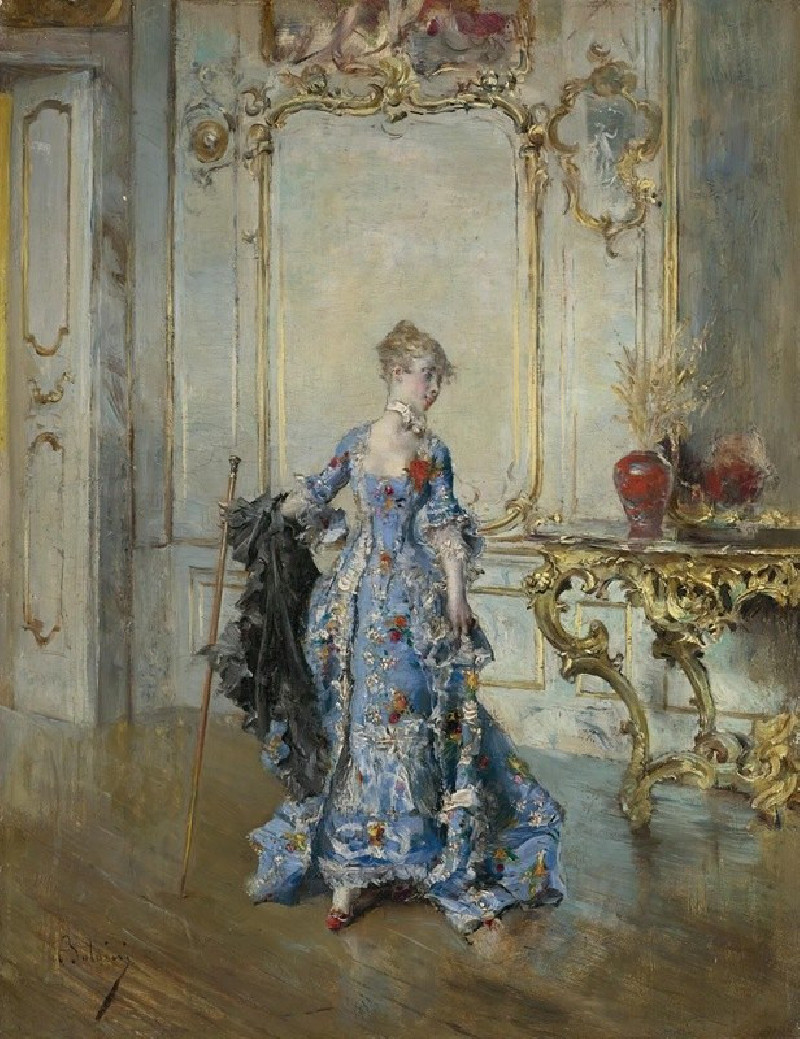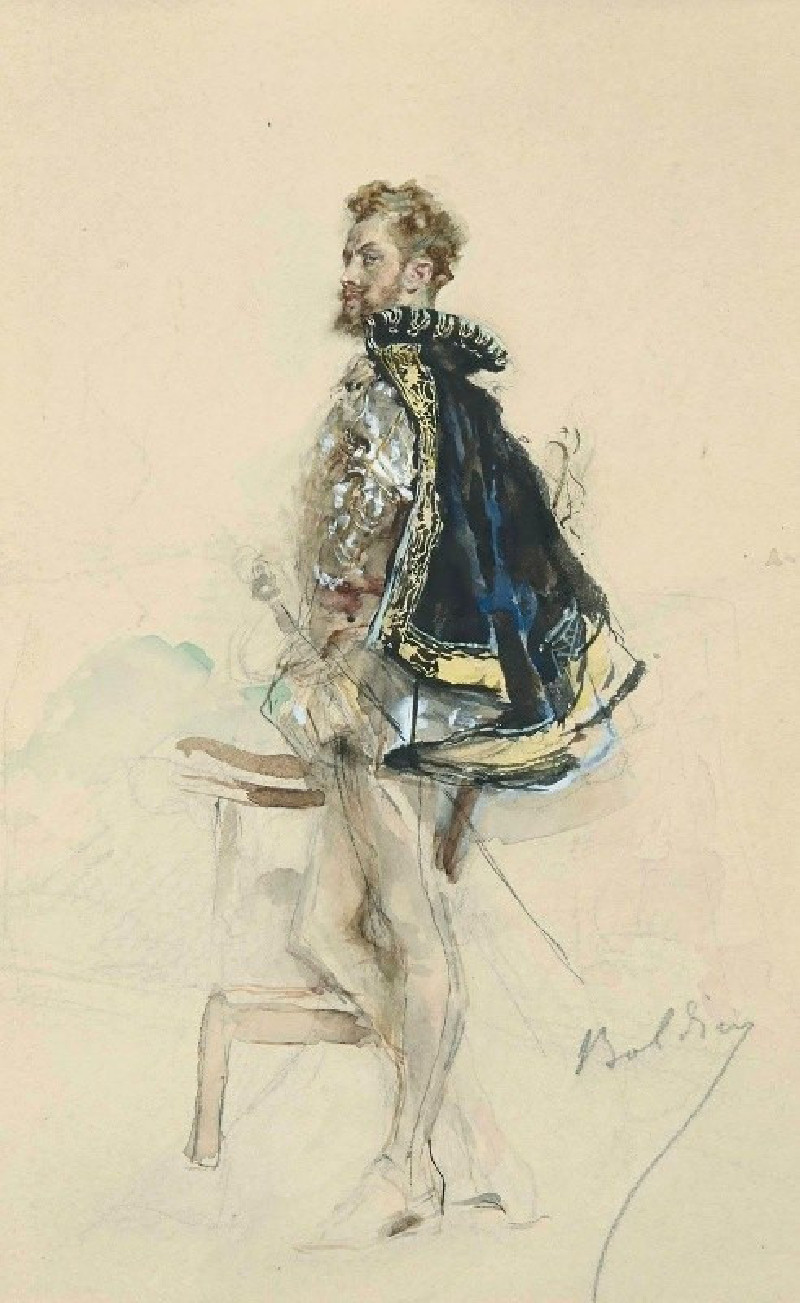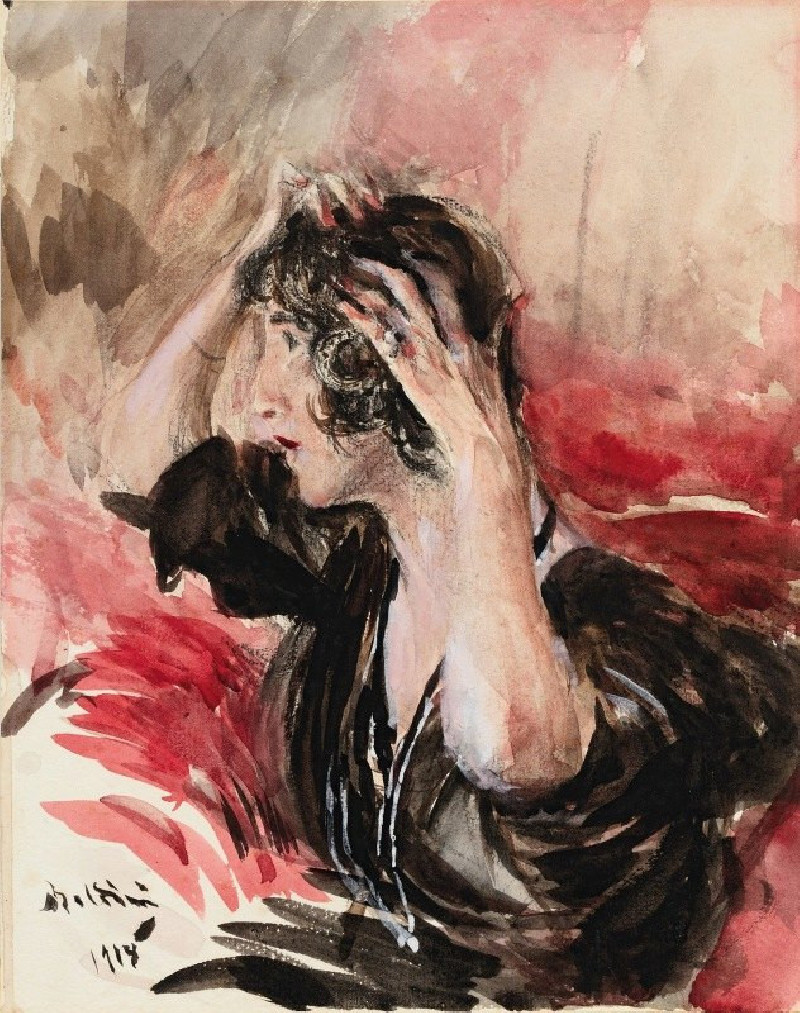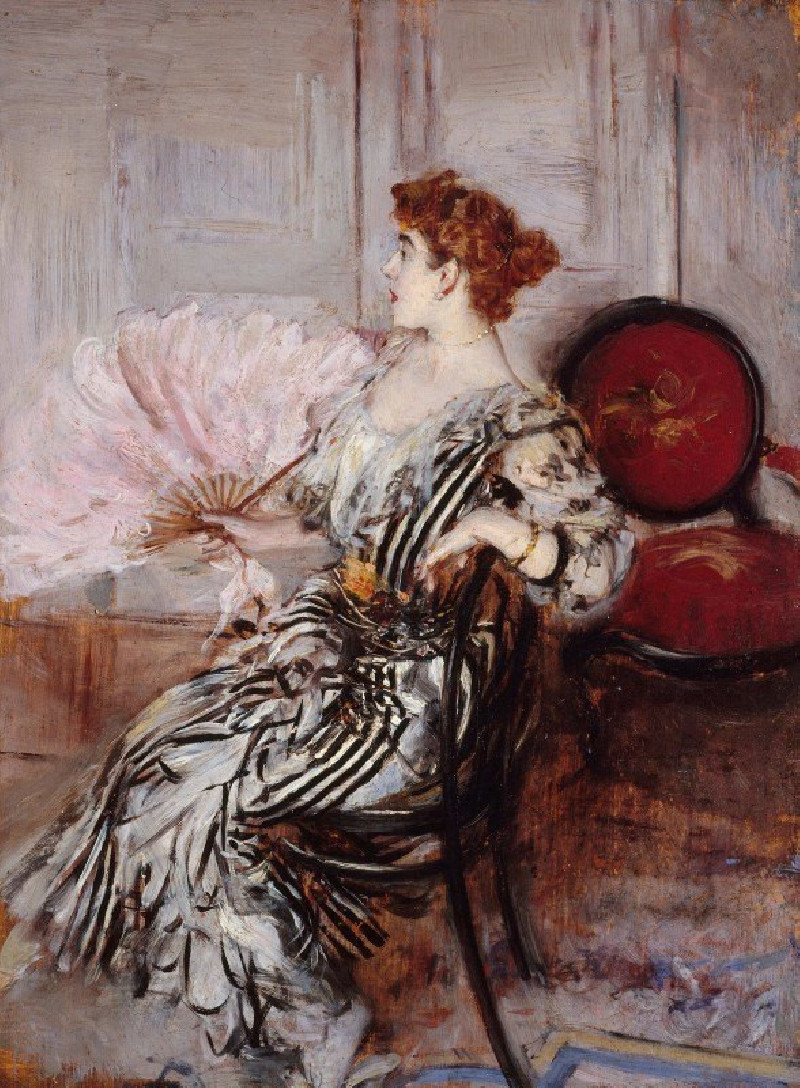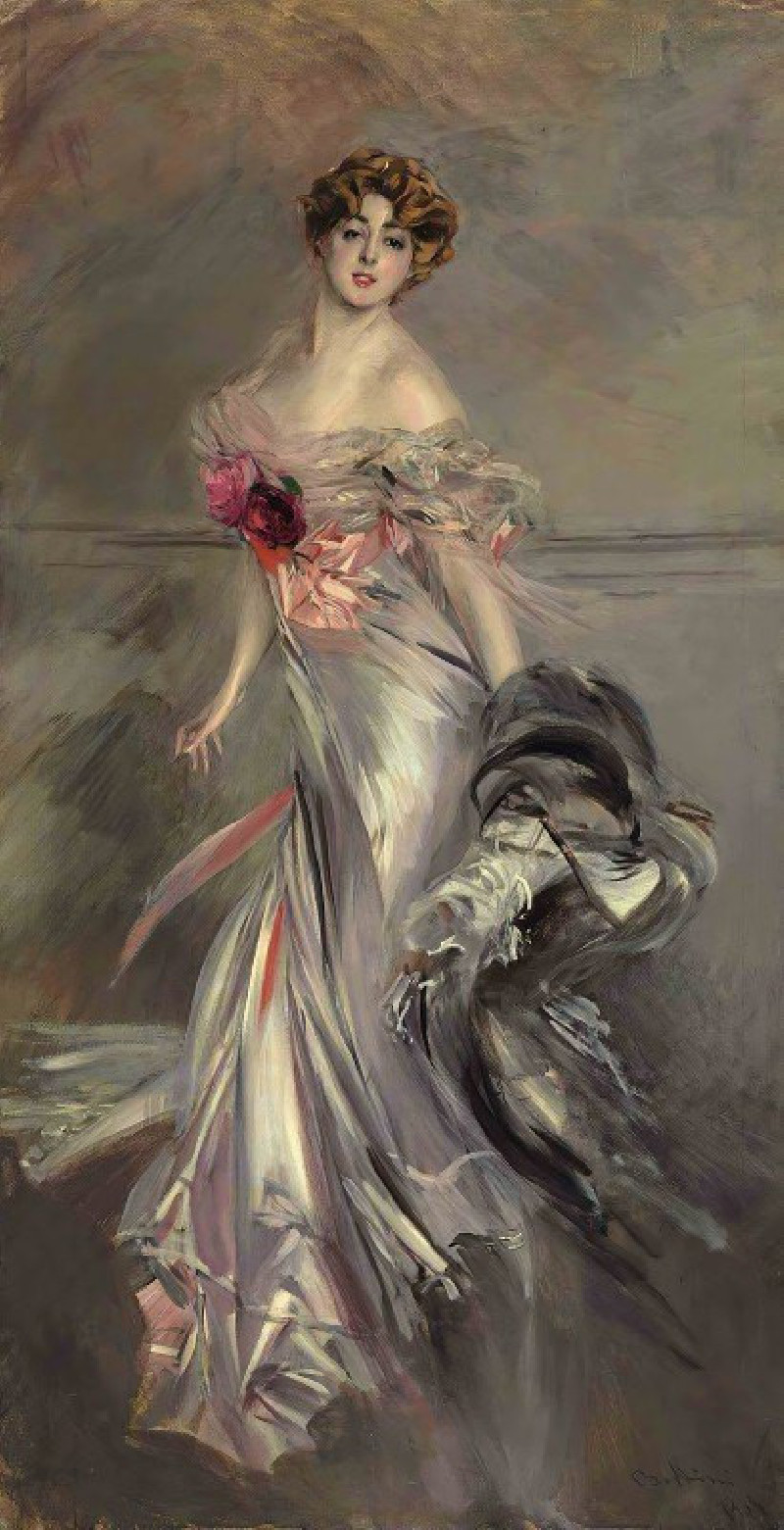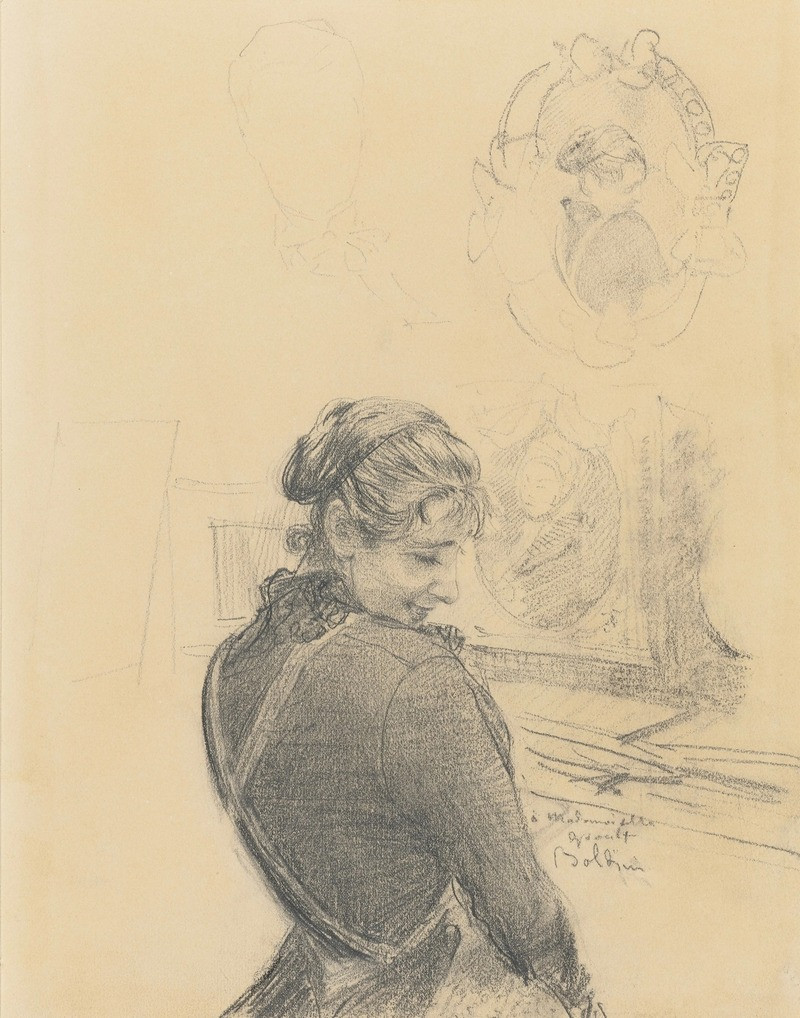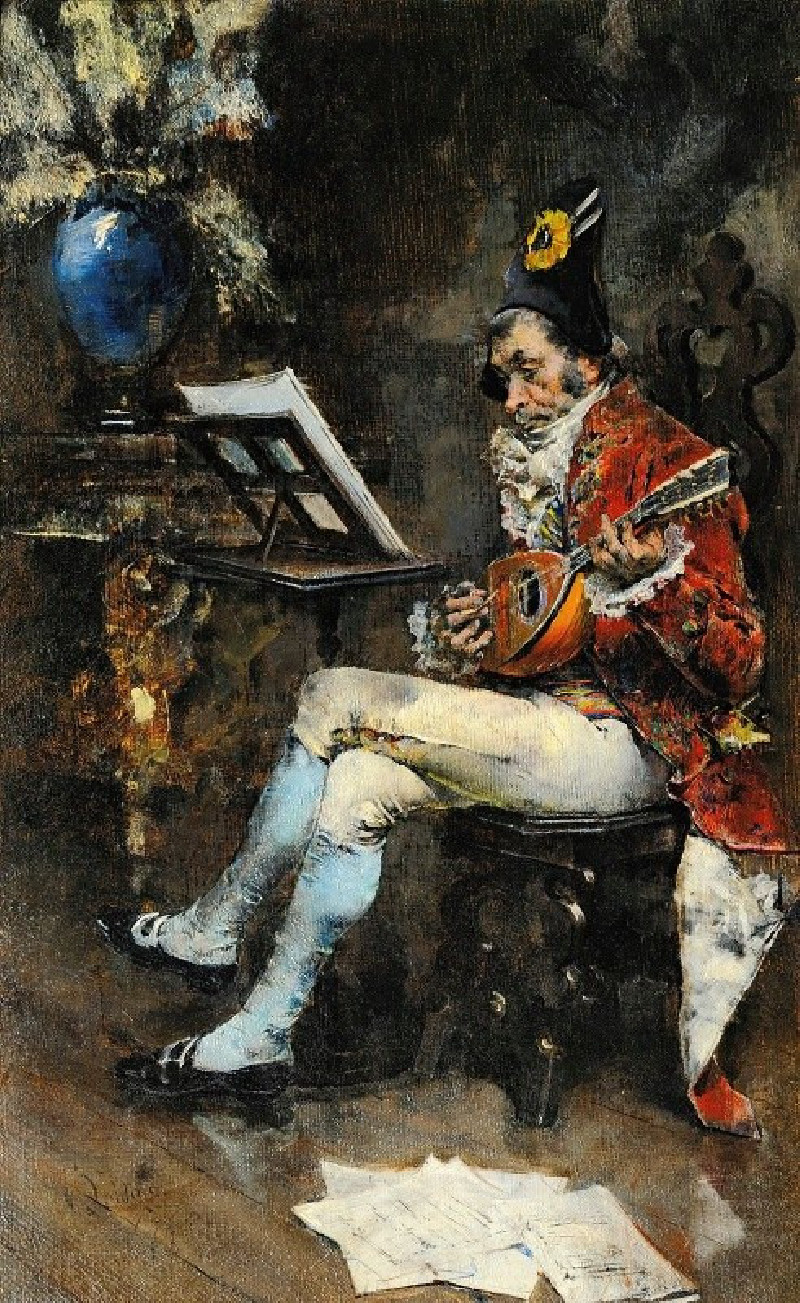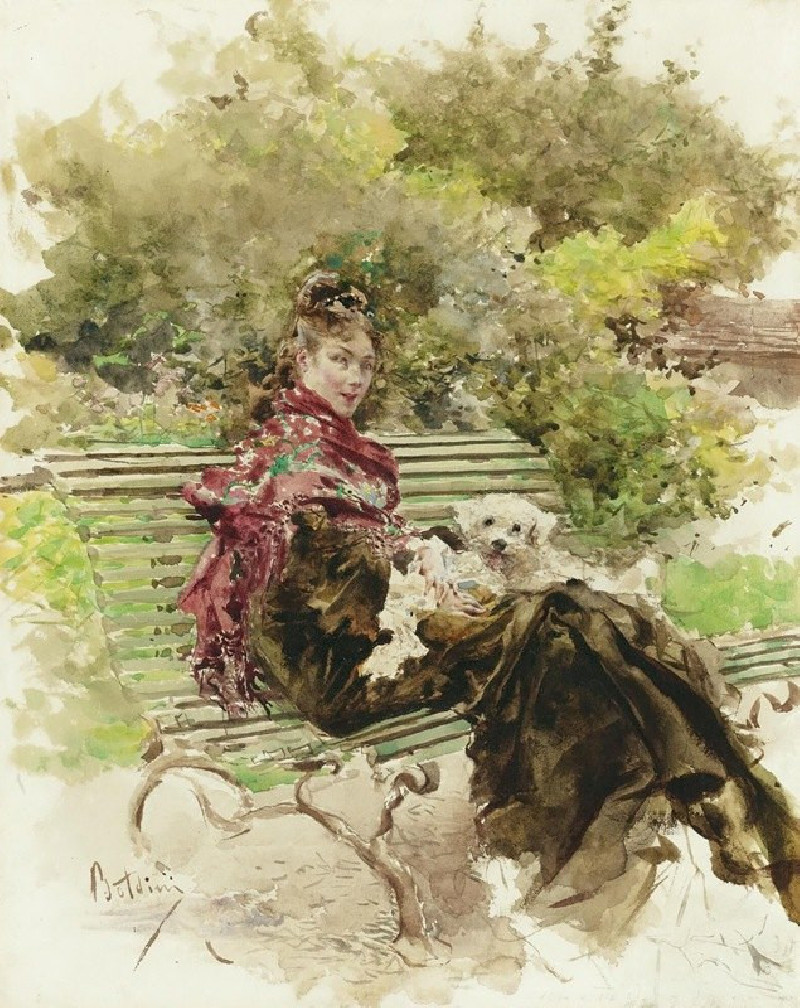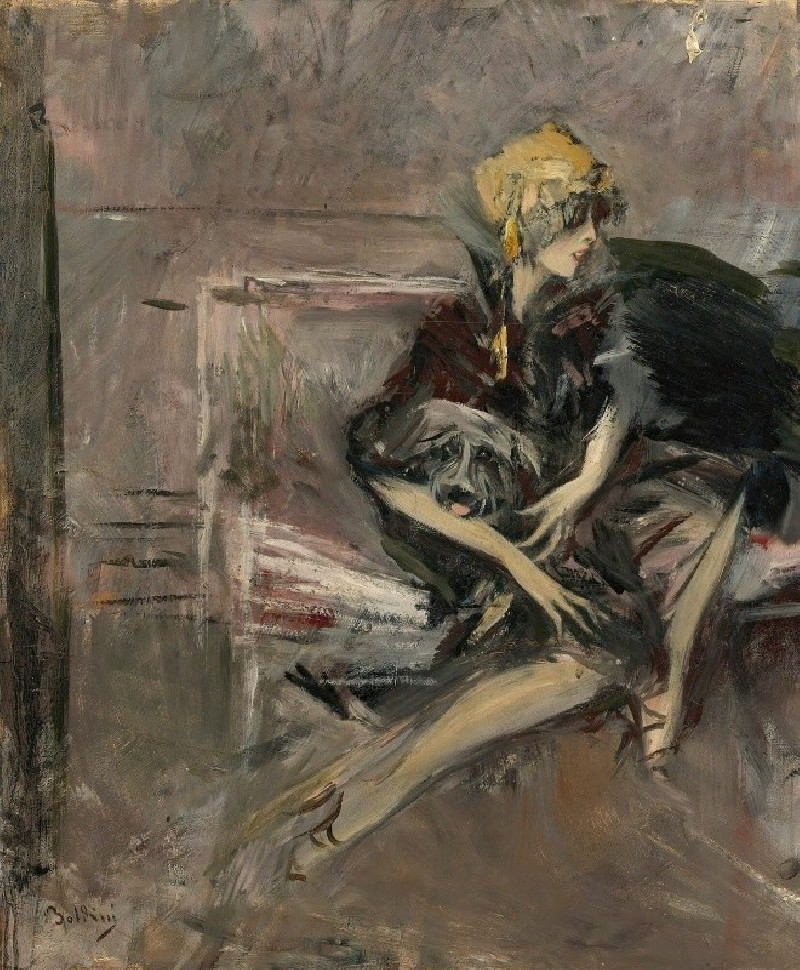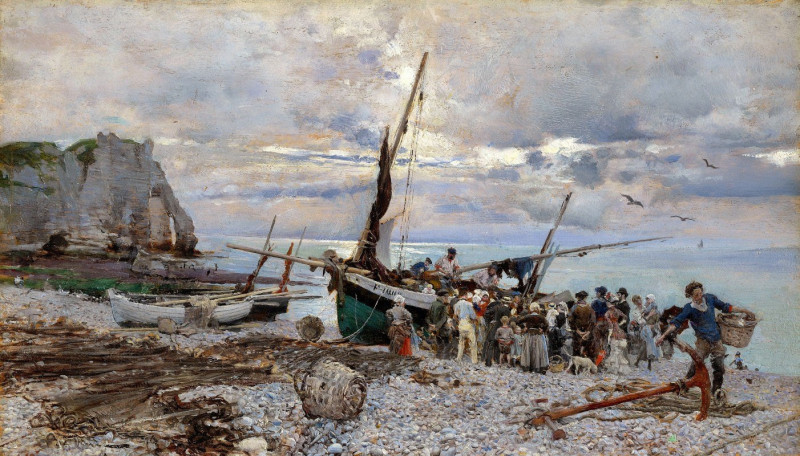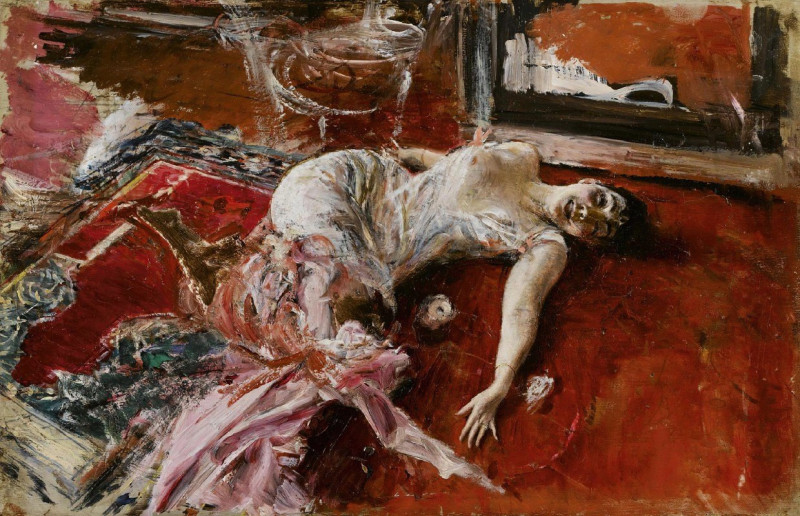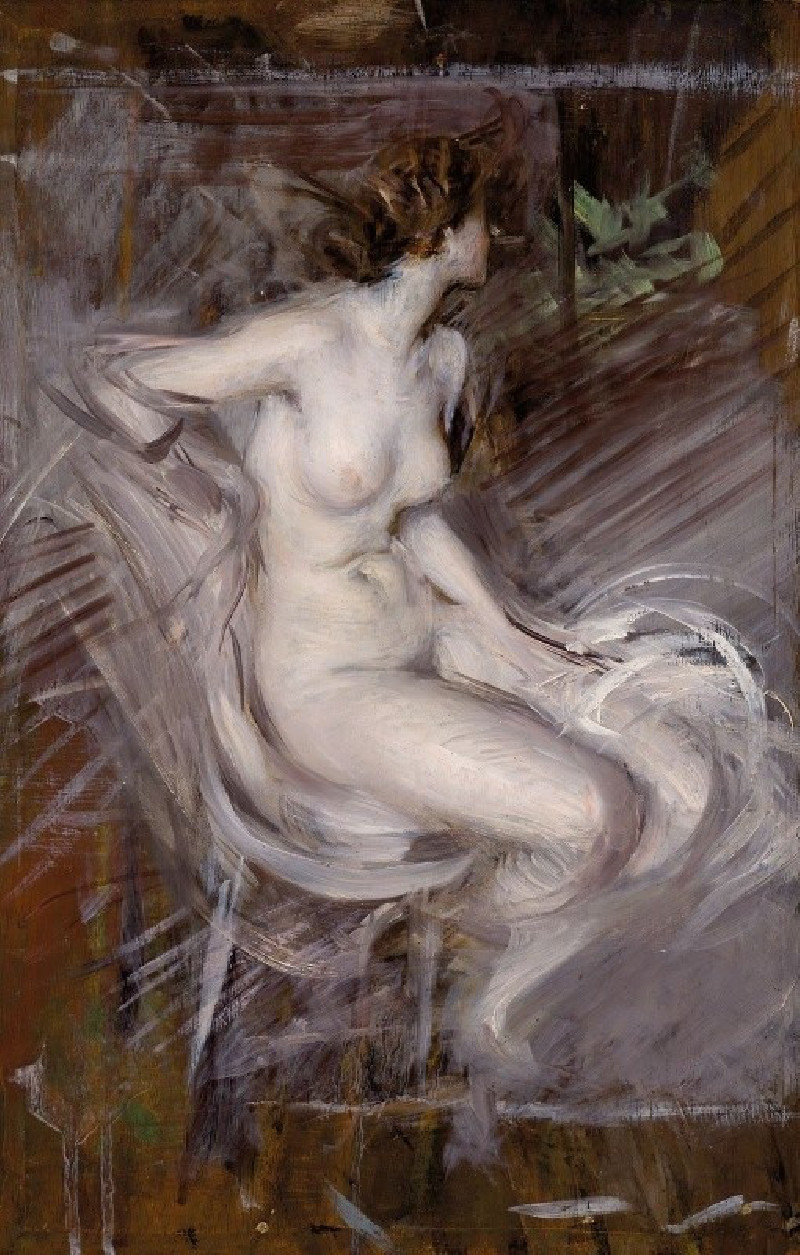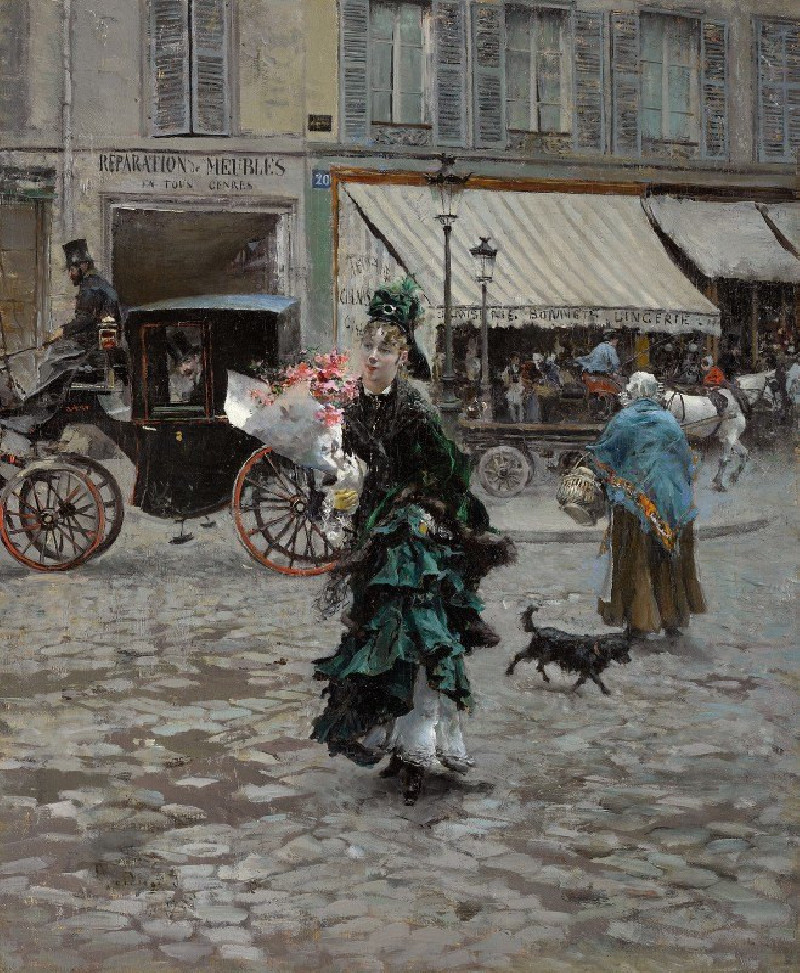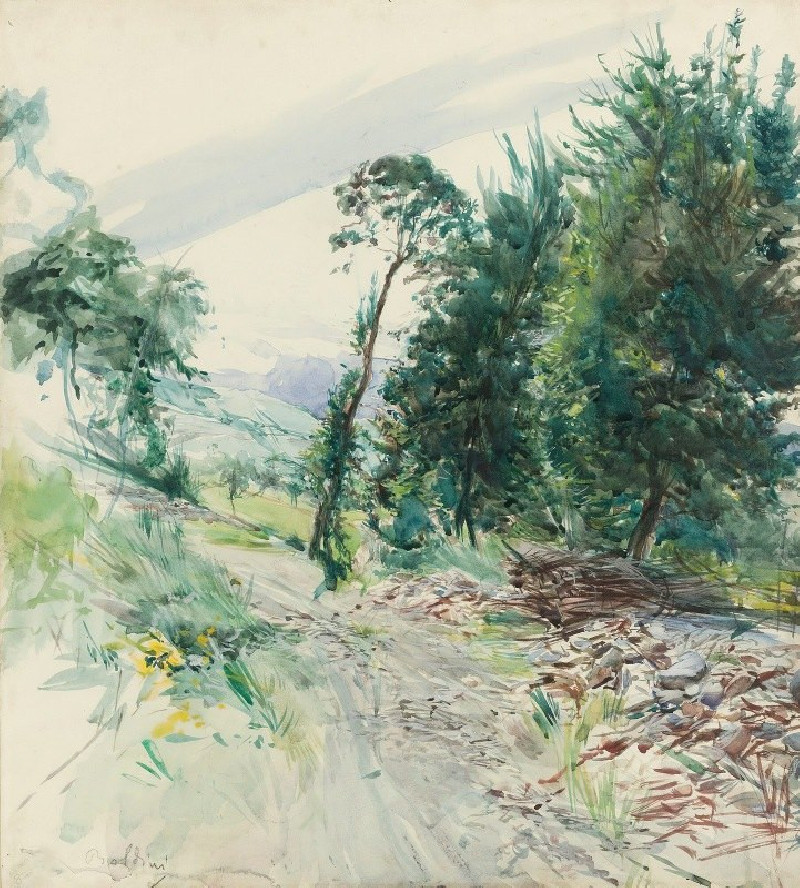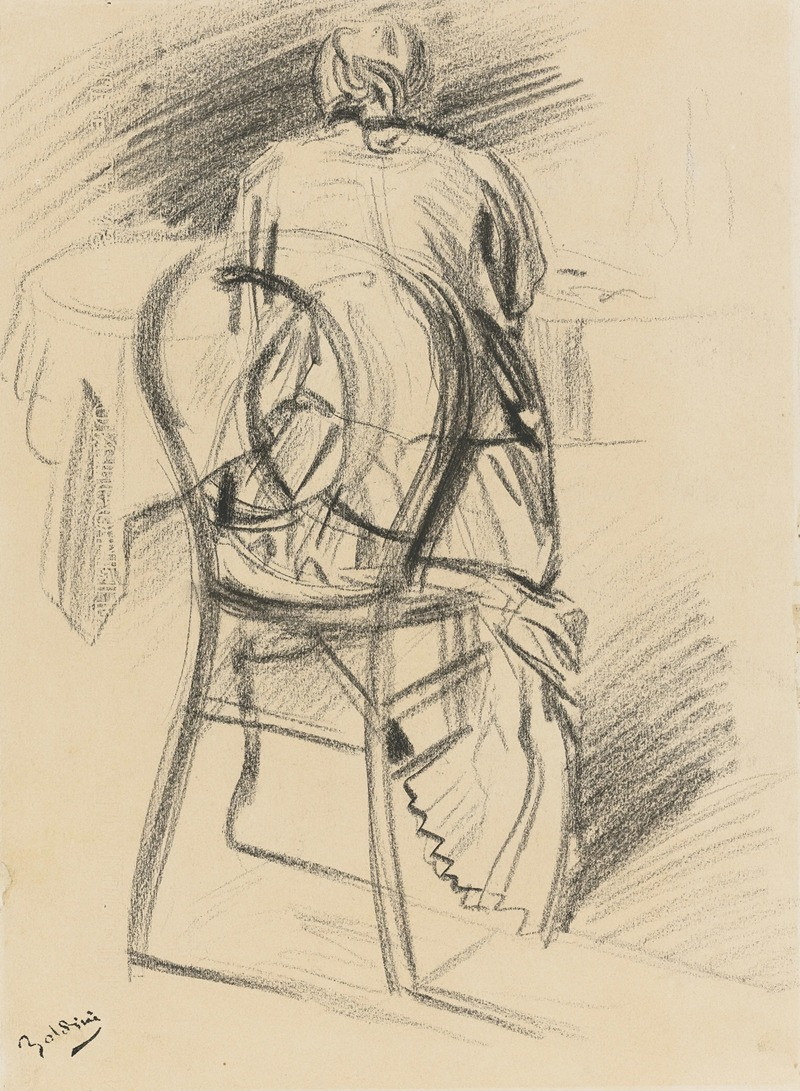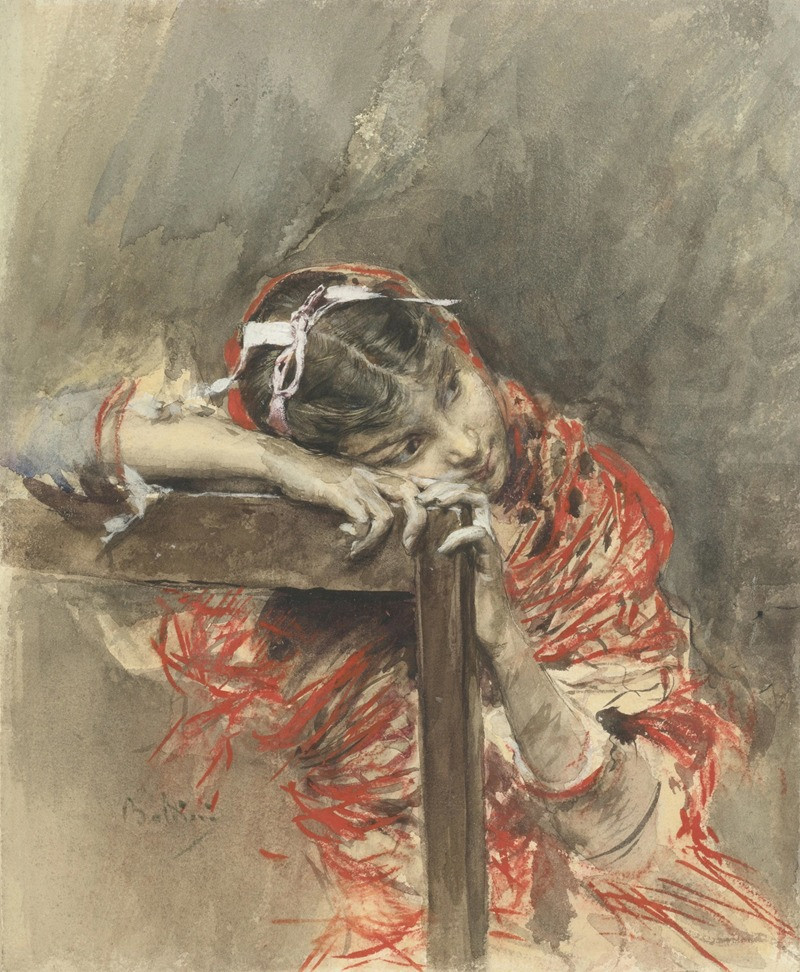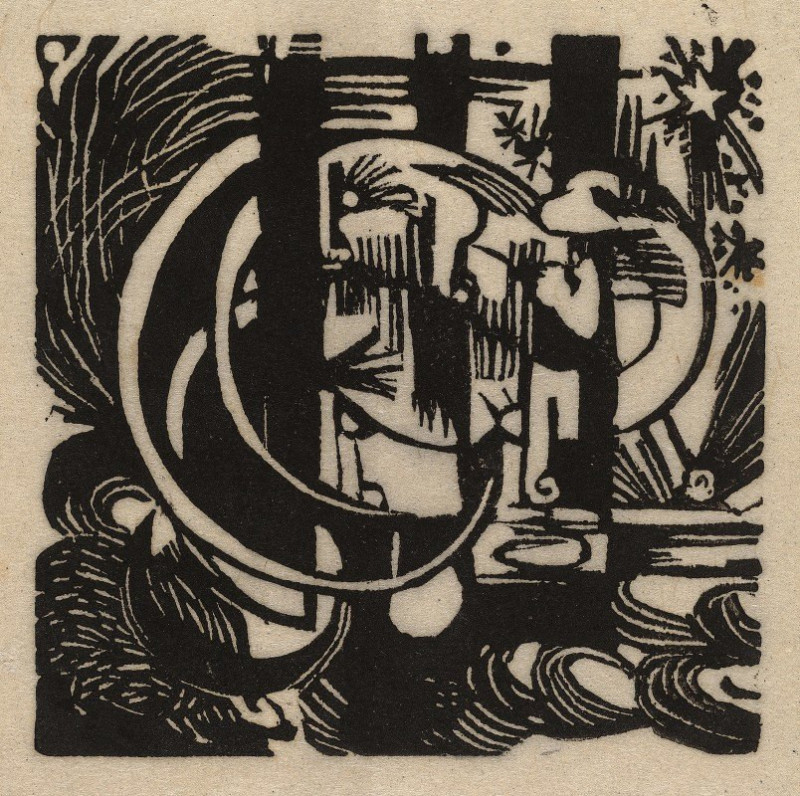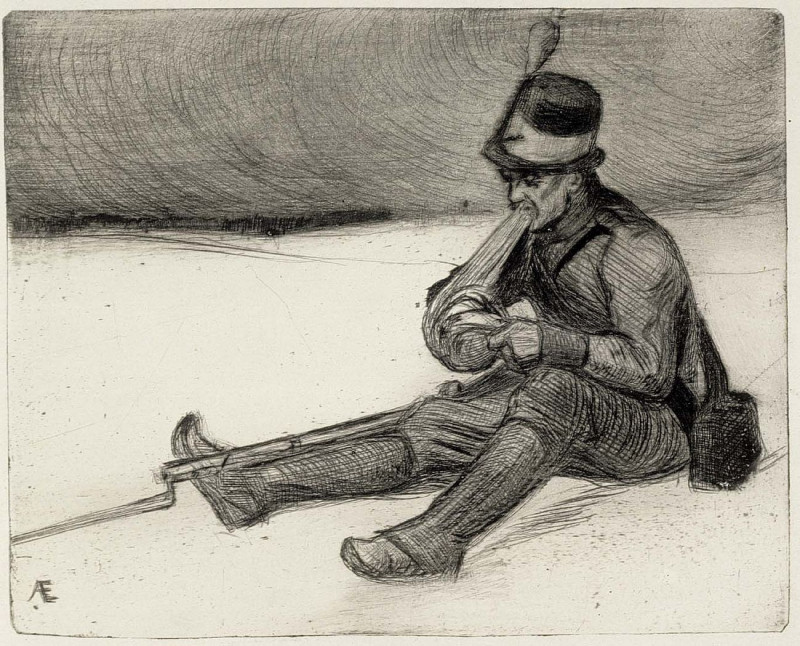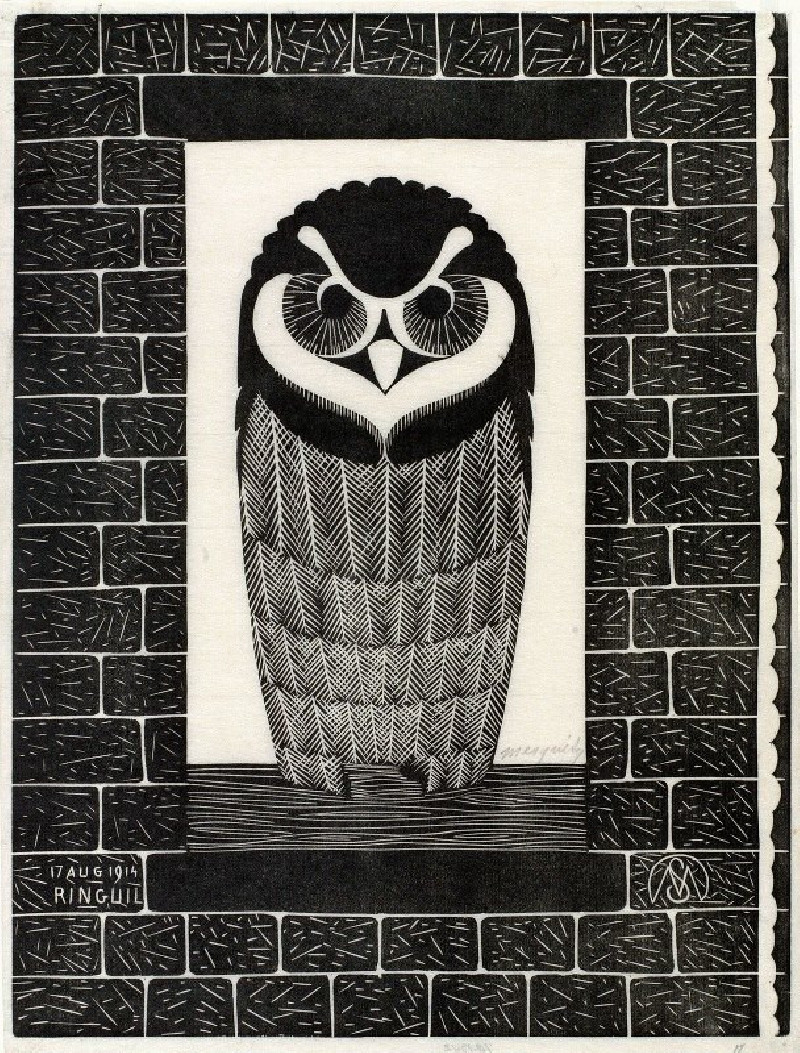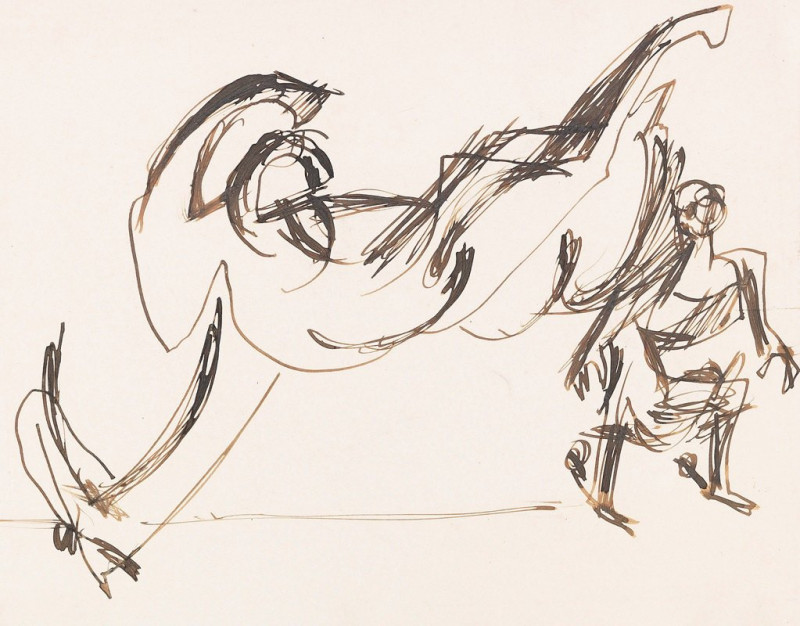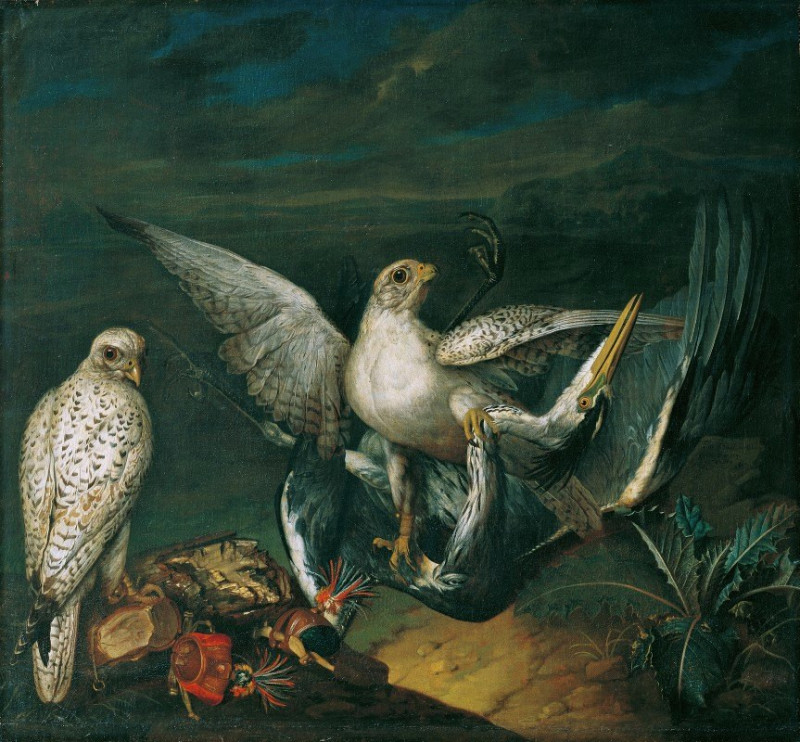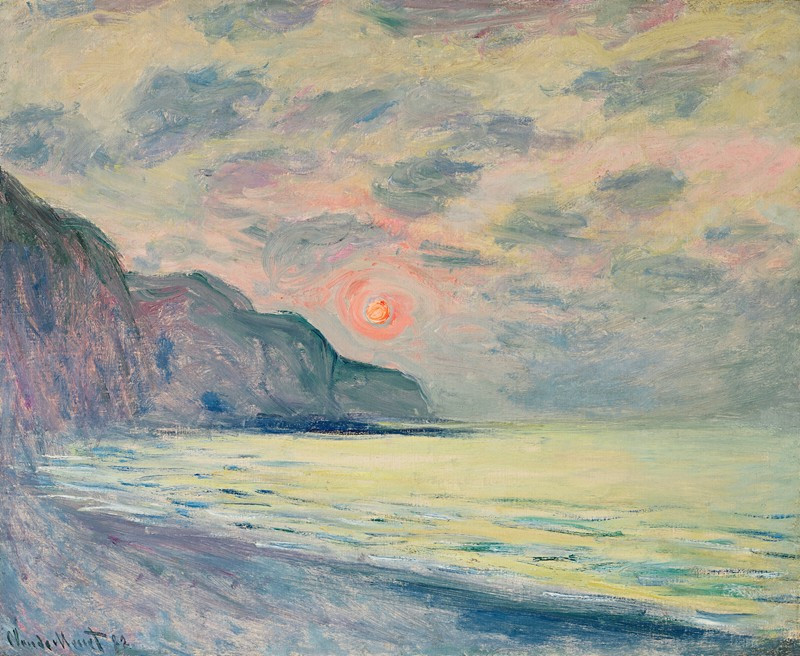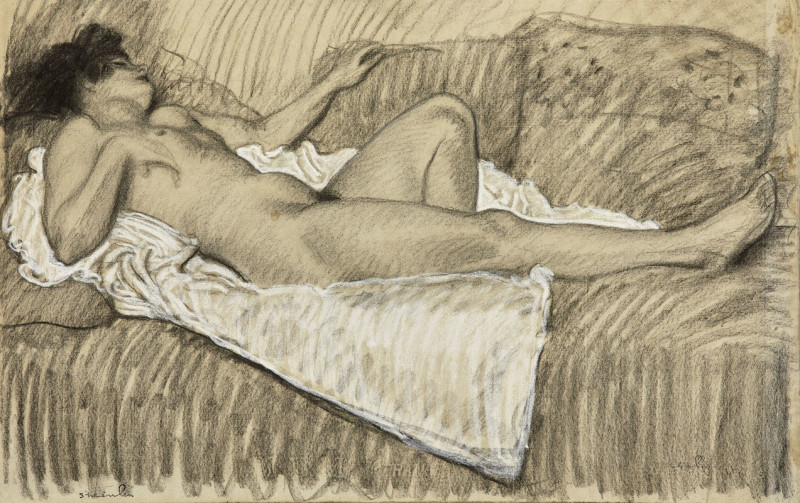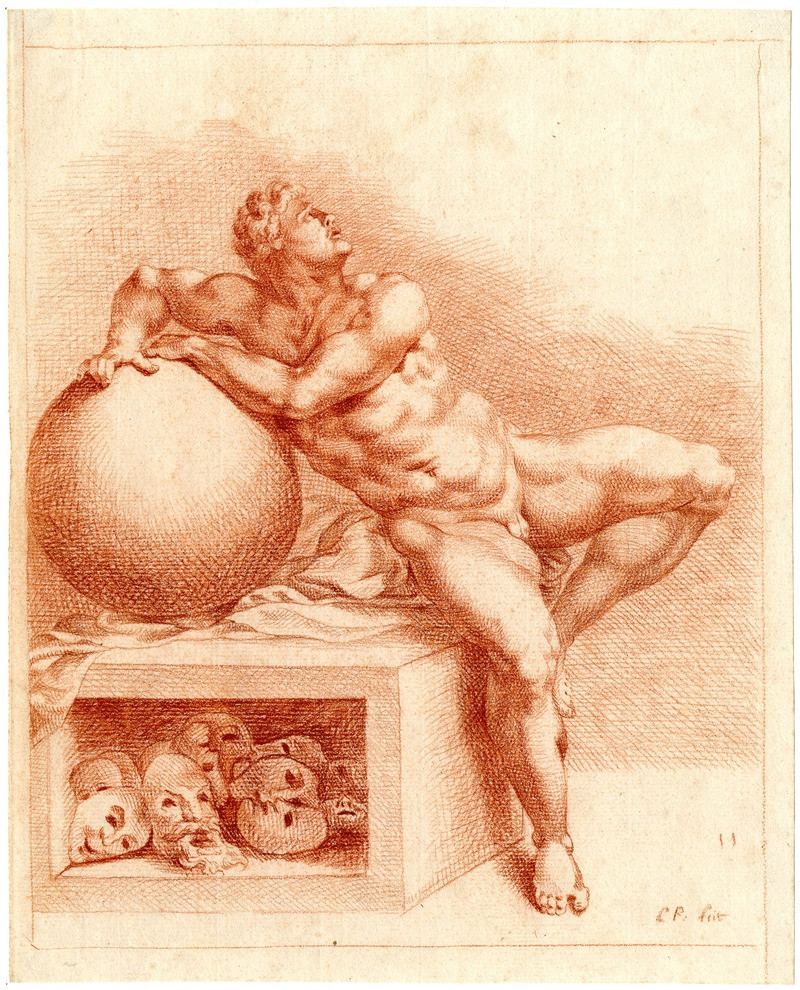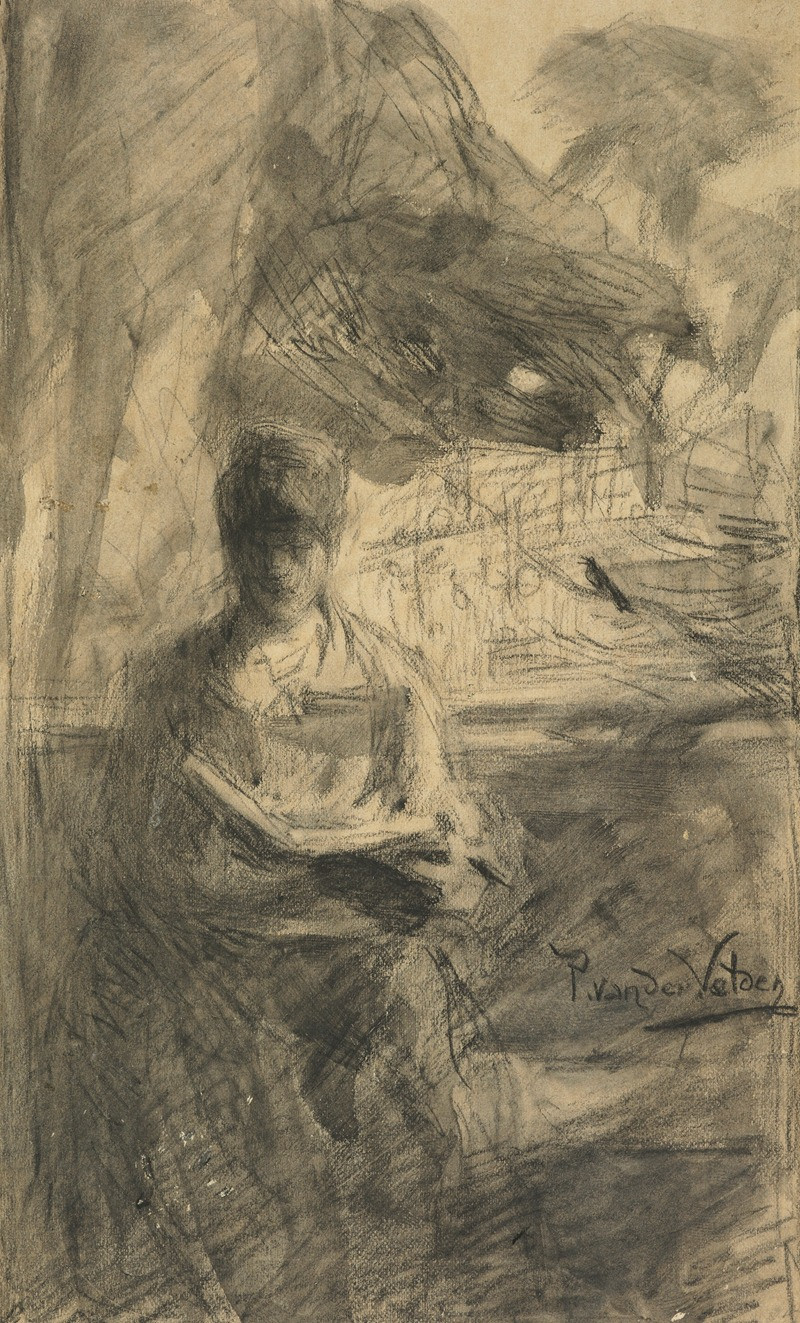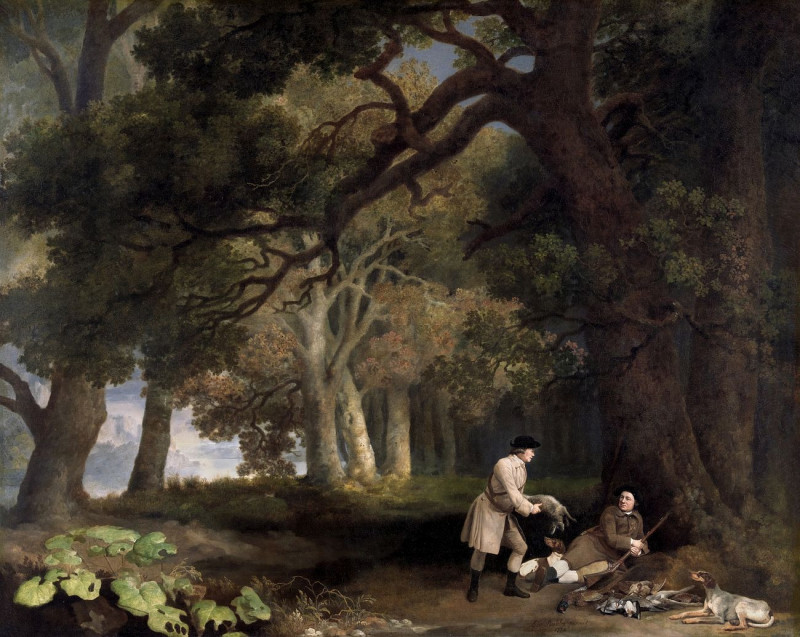La bella donna
Technique: Giclée quality print
Recommended by our customers
More about this artwork
Dive into the captivating allure of Giovanni Boldini's masterpiece, "La bella donna." In this exquisite portrait, Boldini captures the essence of feminine beauty and grace through his renowned fluid brushstrokes and vibrant realism. The subject, a woman portrayed in three-quarter profile, invites viewers into her world with a mischievous glint in her eye and a subtle, knowing smile.The richness of the painting is evident in the detailed rendering of the woman's attire. Boldini's skillful use of light accentuates the luxurious texture of her lace and frill-adorned garment, which shimmer with life-like quality. The delicacy of the lace contrasts strikingly with the dark, muted background, directing all attention to her radiant face and the soft flesh tones that glow under the artist's delicate touch."La bella donna" not only showcases Boldini's mastery of portraiture but also reflects the elegance and style of the late 19th century. This painting is a testament to the artist's ability to convey not just visual beauty but also the personality and inner life of his subject.

